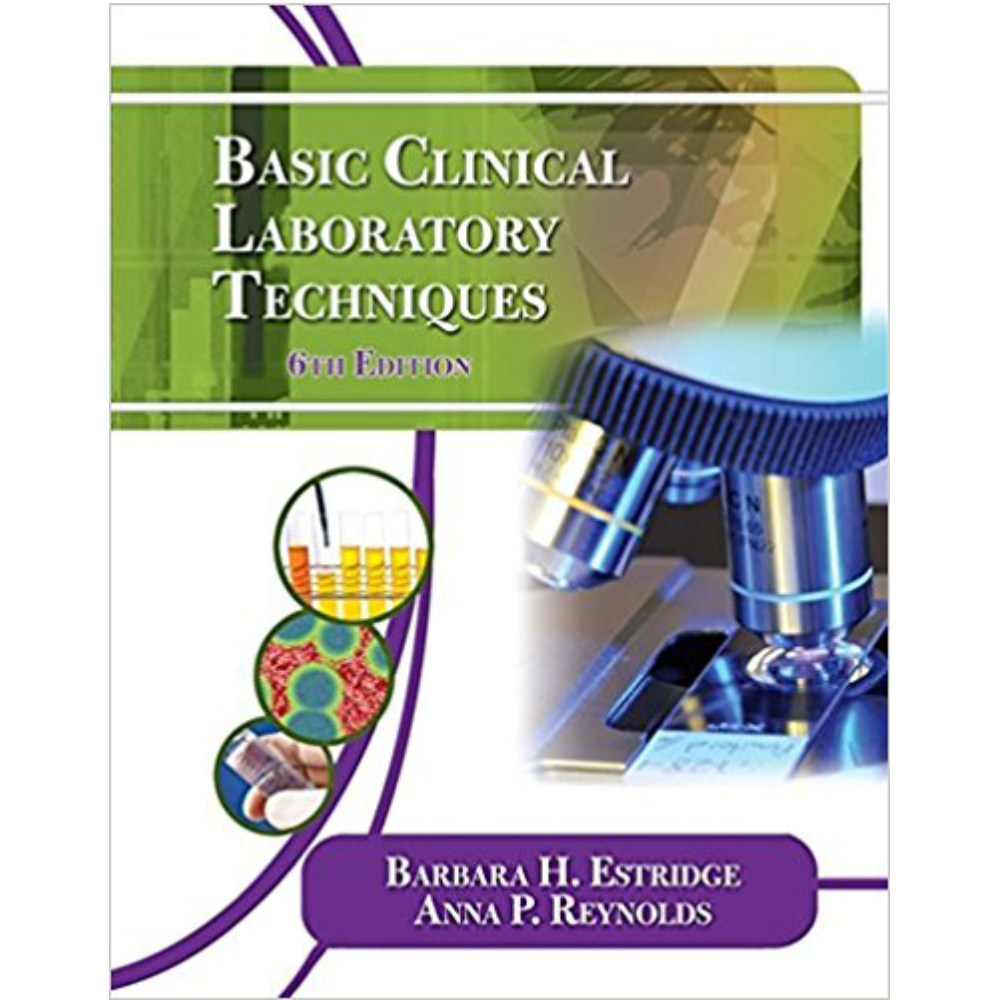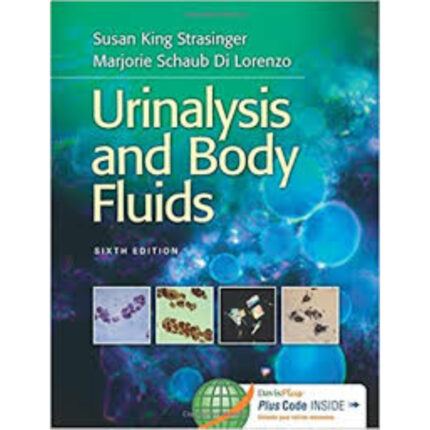Lesson 8-4: Preparing Smears for Blood Parasites
TRUE/FALSE
1.Blood to be examined for malarial parasites should be collected in EDTA anticoagulant.
ANS: F PTS: 1
2.Blood for malarial parasite examination should be collected between paroxysms.
ANS: T PTS: 1
3.Thin and thick smears should be fixed in methanol before staining.
ANS: F PTS: 1
4.The preferred stain for detection of malarial parasites is Wright’s stain.
ANS: F PTS: 1
5.Parasite morphology is better in thin smears than in thick smears.
ANS: T PTS: 1
6.Giemsa stain contains no methanol or fixative.
ANS: T PTS: 1
7.For humans, the infective form of the malarial parasite is the sporozoite.
ANS: T PTS: 1
8.Mosquitoes can become infected with malarial parasites by taking a blood meal from an infected individual.
ANS: T PTS: 1
MULTIPLE CHOICE
1.Typical symptoms of malaria include all of the following EXCEPT:
a. chills c. rash
b. fever d. sweats
ANS: C PTS: 1
2.The method of transmission of malaria to man is:
a. reduviid bug bite c. mosquito bite
b. ingestion of contaminated water d. person-to-person contact
ANS: C PTS: 1
3.The purpose of preparing a thick smear when malaria is suspected is:
a. to see the best parasite morphology
b. to examine a larger portion of blood
c. to be able to examine red blood cells for parasites
d. to be able to examine white blood cells for parasites
ANS: B PTS: 1
4.After the staining procedure for the thick smear:
a. the red blood cells have been destroyed
b. the slide is examined with the 10X objective
c. parasites can be seen in the WBCs
d. parasites are not visible
ANS: A PTS: 1
5.The paroxysms of malaria are caused when:
a. parasites are released from WBCs c. parasites enter the WBCs
b. parasites enter the RBCs d. parasites are released from RBCs
ANS: D PTS: 1
6.Which of the following is a method of preventing malarial infection when in an endemic area?
a. Avoid bites of Triatoma.
b. Boil all water before drinking.
c. Use insect repellent and mosquito netting.
d. Do not wade in shallow rivers.
e. None (a–d) are methods of prevention.
ANS: C PTS: 1
7.Which of the following is NOT a part of the life cycle of the malarial parasite?
a. intestinal cycle c. erythrocytic cycle
b. sporogonic cycle d. exoerythrocytic cycle
ANS: A PTS: 1






Reviews
There are no reviews yet.